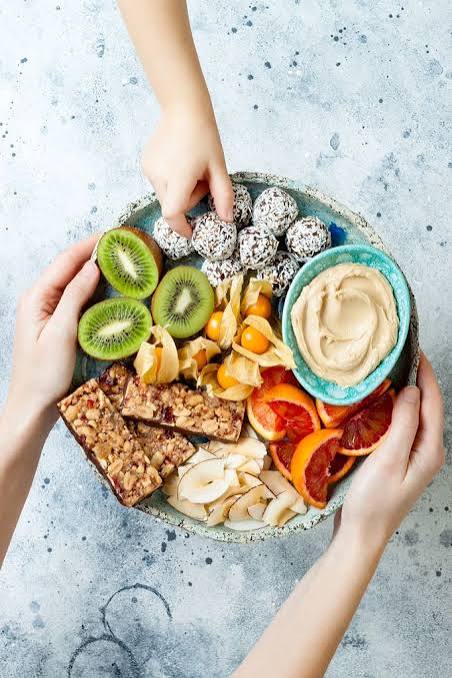
Stop Mindless Snacking: 7 Healthy Eating Habits for Kids | Your Guide
Stopping mindless snacking isn’t about strict deprivation. It’s about creating a positive, structured food environment where healthy choices become the easy, normal choice. By implementing these consistent habits, you’ll empower your kids to have a healthier relationship with food that lasts long after they’ve left the snack station behind.
Healthy Eating Habits for Kids: How to Stop Mindless Snacking
Is your kitchen a free-for-all snack zone? Do you find cookie wrappers hidden behind the couch? If “I’m hungry” is the constant chorus of your home, your child might be stuck in a cycle of mindless snacking.
This isn’t just about too many calories—it’s about missing out on crucial nutrients and forming habits that can last a lifetime. The good news? It’s never too late to reset. Here’s your practical guide to fostering healthy eating habits and putting a stop to mindless munching.
Why Do Kids Mindlessly Snack?
First, understand the “why.” It’s rarely true hunger. Snacking is often driven by:
· Boredom: “There’s nothing to do, so I’ll eat.”
· Habit: Snacking at the same time every day while watching TV.
· Accessibility: Seeing packaged snacks within easy reach.
· Thirst: Mistaking thirst for hunger.
7 Strategies to Curb Mindless Snacking
1. Build a Structured Routine (The #1 Rule!)
Kids thrive on routine. Aim for three balanced meals and 2-3 planned snacks at roughly the same times each day. This regulates their blood sugar and prevents the “hangry” meltdowns that lead to grabbing anything in sight. When they know a snack is coming, they can wait for it.
2. Make Healthy Snacks the Easiest Choice
Out of sight, out of mind—and out of mouth! Restructure your pantry and fridge.
· Hide the junk: Place chips, cookies, and candy in opaque containers or high cabinets.
· Display the good stuff: Keep a bowl of washed fruit on the counter. Put pre-cut veggies, yogurt, and cheese at eye-level in the fridge.
3. The “Snack Station” Solution
Designate a specific drawer or shelf in the fridge and pantry as the “approved snack” zone. Fill it with healthy options you’re comfortable with them eating anytime. This gives them a sense of independence within your set boundaries.
Great “Any Time” Snack Ideas:
· Apple slices with peanut butter
· Baby carrots and hummus
· Cheese sticks
· Greek yogurt
· Whole-grain crackers
· Handful of nuts (if no allergies)
4. Hydrate, Hydrate, Hydrate!
Often, what feels like a snack craving is actually dehydration. Before handing over a snack, offer a glass of water. Make water appealing with fun cups, silly straws, or by infusing it with berries, cucumber, or citrus slices.
5. Ban Screens During Snack Time
Mindless eating happens in front of screens. Implement a “no screens during snacks” rule. Have them sit at the table. This forces them to focus on their food, recognize their body’s “full” signals, and prevents consuming an entire bag of popcorn without noticing.
6. Involve Them in the Process
Kids are more likely to eat what they help make. Take them grocery shopping and let them pick a new fruit or vegetable to try. Involve them in washing produce, mixing, and assembling their own snacks. This builds positive connections with healthy food.
7. Don’t Demonize “Sometimes” Foods
Labeling foods as “bad” can create shame and obsession. Instead, use terms like “everyday foods” (fruits, veggies, proteins) and “sometimes foods” (cookies, chips). This teaches balance without guilt, reducing the urge to sneak “forbidden” treats.






